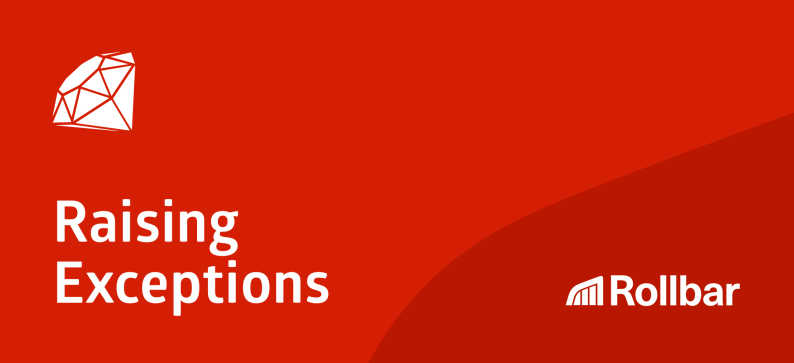Ruby on rails age.
Ruby raise exception with object.
Two ruby statements have default exception classes.
It indicates that something has gone wrong.
Ruby exceptions access control toc logging raising an exception.
Example of an exception s message attribute.
All the exception classes form a hierarchy with the class exception at the top.
By default ruby programs terminate when an exception occurs.
Or if the argument is the same as the receiver return the receiver.
The next level contains seven different types interrupt.
An exception is a special kind of object an instance of the class exception or a descendant of that class that represents some kind of exceptional condition.
To get the exception object you will use a slightly different rescue syntax.
When this occurs an exception is raised or thrown.
At its core every ruby exception stems from a built in exception class and includes a handful of built in methods but the most commonly used exception method is message.
I think my brain has just had an exception.
Programmers who come to ruby from other languages particularly c c or java tend to misuse ruby s throw statement.
Ruby is dynamically typed and uses garbage collection it supports multiple programming paradigms including procedural object oriented and functional programming according to the creator ruby was influenced by perl smalltalk eiffel.
This method can be used to retrieve a specific exception message from a raised exception object.
Otherwise create a new exception object of the same class as the receiver but with a message equal to.
It s the longer bit of text that s printed out next to the exception name.
All of the information about what went wrong is going to be contained in an exception object.
This is useful for wrapping exceptions and retaining the original.
Name just ruby class exception.
Ruby s standard classes and modules raise exceptions.
Exceptions can be thrown using the raise statement and caught using the.
Looking at the documentation for kernel raise it says that if you have more than one argument the first item can be either an exception class or an object that returns an exception when exception is called.
Every ruby exception object has a message attribute.
They hold all of the data about what happened for the exception you just rescued.
Exception objects are normal ruby objects.
At the time this exception was raised.
They type throw when they mean to type raise.

